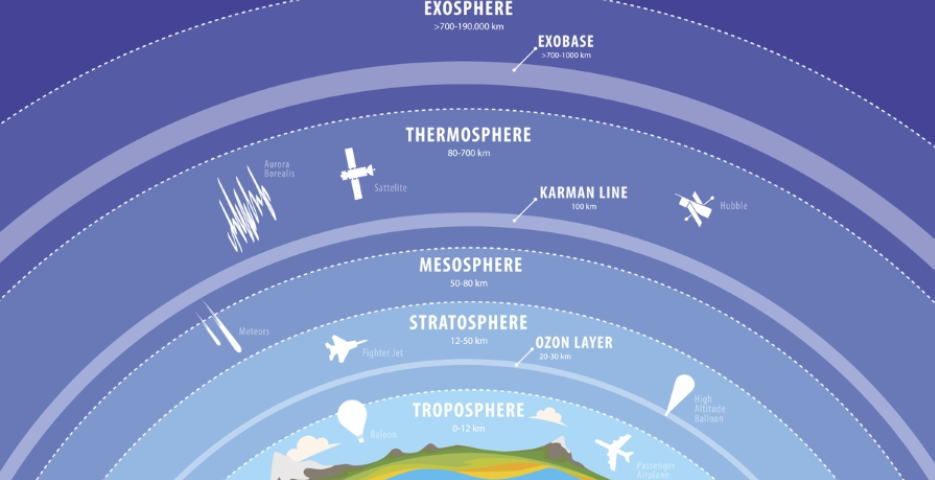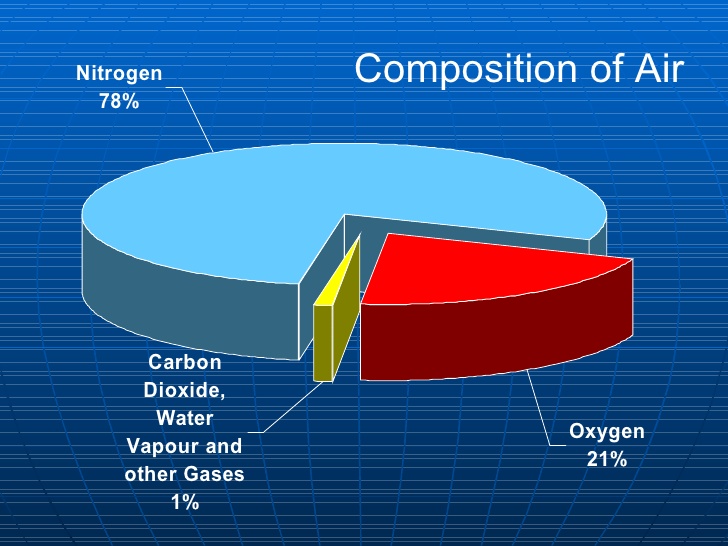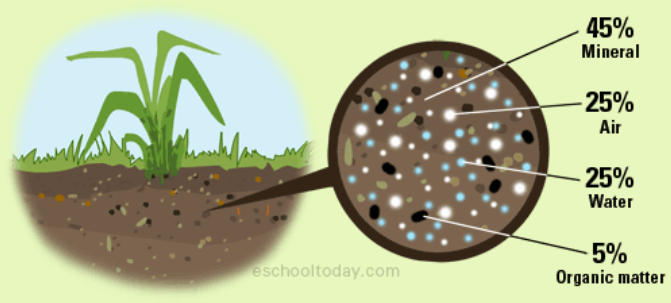Notes For All Chapters Science Class 6
The invisible gaseous medium around us, mainly constituted by oxygen and nitrogen is known as air. It is through this air that we are able to carry out the process of respiration. Air is transparent and colourless. It occupies space and is present all around us.
Atmosphere: The thin blanket of air surrounding the surface of the Earth is called the atmosphere.
The atmosphere is divided into five distinct layers on the basis of variations in temperature that changes due to increasing altitude. Air gets scant as we move up in the atmosphere. These are as follows:
(a) Troposphere: This is the first layer to the atmosphere which is nearest to the surface and is responsible for weather conditions. The troposphere itself is said to contain about more than 75% of the atmosphere!
(b) Stratosphere: This is the layer just above the troposphere which contains the ozone layer and where the aeroplanes fly and is also home to most of the clouds!
(c) Mesosphere: This is the third and the coldest layer of our atmosphere and extends to a good 80 km above the surface of the Earth.
(d) Thermosphere: This is the fourth and one of the hottest layers of Earth where temperatures go to a 1500o This is where the space shuttles go to study Earth from space! The air in this layer is very thin and about 99.9% of the atmosphere is said to lie below this particular layer.
(e) Exosphere: This is the outermost layer of the atmosphere where molecules and atoms escape into space. Beginning at 480 km above the Earth, this layer then extends into the space.
Figure 1 The five layers of the atmosphere
Constituents of Air
Air is a mixture of a number of gases and some other particles such as:
1. Water Vapour: Air contains water vapour which helps maintain the water cycle. When air comes in contact with cold surfaces, it is these vapours that turn into or condense into droplets of water. The amount of water vapor in the air from place to place and time to time. At a normal 30°C for instance can contain say upto 4% of water vapour.
2. Oxygen: It is the oxygen in the air that helps humans and animals carry out the respiration process. Oxygen is also required for fire to keep burning. If we were to keep an inverted tumbler covering a burning candle, the candle will go off in a few seconds because of the lack of oxygen-containing air due to the tumbler. Dry air is said contain about 21% of oxygen.
3. Nitrogen: Dry air is said to contain about 78% of nitrogen. This component of air helps plants in their growth process.
4. Carbon dioxide: Carbon dioxide is a very small (only 0.04%) component of air and is a byproduct of respiration by humans and animals. Fire also uses up oxygen to burn and then produces carbon dioxide and a few other gases upon burning. This is why we feel suffocated if there is something burning inside a room. This happens due to an excess of carbon dioxide as the fire continues to burn in the room, choking out oxygen in the air.
5. Dust and Smoke: Smoke is another component given out when fire burns. It is very harmful and adds fine dust particles and a few other gases to the air. This is why industries use long chimneys in order to release this smoke in the air. But as we know this act is what contributes to air pollution in the environment.
Air also contains very fine dust particles which can be seen when a beam of light enters a dark room. The tiny particles flying around in the beam are actually these dust particles. It is hence advised by our elders to breathe only through our nose and not our mouths so that the fine hair and mucus in the nose is able to filter out these dust particles so that we don’t inhale them and harm ourselves.
Figure 2 The composition of the components of air
As we can see from the Figure above, Oxygen and nitrogen together make up 99% of air while the other components come up to a mere 1% of all air in our environment.
Availability of Oxygen in Water and Soil
It is often asked how animals under the soil and in water are able to breathe. The answer is that both soil and water have air dissolved in them.
(a) When we heat or boil water, we often notice that bubbles start to form. These bubbles are in fact, an indication that air molecules are present in the water. When water is heated, the air dissolved in it escapes first followed by water itself getting converted into vapour. This is how animals living underwater are able to respire.
Figure 3 Air bubbles can be seen when water is heated
(b) To see the presence of water in the soil, we take a small lump of it in a beaker and add water to it. We see bubbles coming out of it which as we discussed, is proof of the existence of air molecules in the soil. As water is added, it displaces the water molecules in the soil which we see in the form of bubbles. Animals make use of this air to breathe under the soil. Some animals make holes and burrows in the soil to help make pathways for air to enter the soil. When it rains heavily, earthworms and other animals come out of the soil because these pathways get blocked by the water and they need to come outside to find the air to breathe.
Figure 4 Air particles present in soil
Balance of Oxygen in the Atmosphere
It is common knowledge that humans and animals can’t survive without plants because they produce oxygen via photosynthesis. The balance of oxygen in the environment is thus maintained through the respiratory processes of plants and animals.
The importance of Air
Air has a number of uses:
(a) The air which is in motion is known as wind. The wind is important for the rotation of windmills which help in drawing water from tube wells.
(b) They also help in running flour mills.
(c) Windmills are also used to produce electricity.
(d) Insects and birds are only able to fly because of the presence of air
(e) Boats, yachts, aeroplanes and parachutes also need air to sail and glide
(f) Air has a very important role to play in the water cycle as well.
Figure 5 A windmill in action
(g) It also helps in distributing the pollen and seeds from flowers of various plants.
Figure 6 Air helps birds and insects fly







Leave a Reply